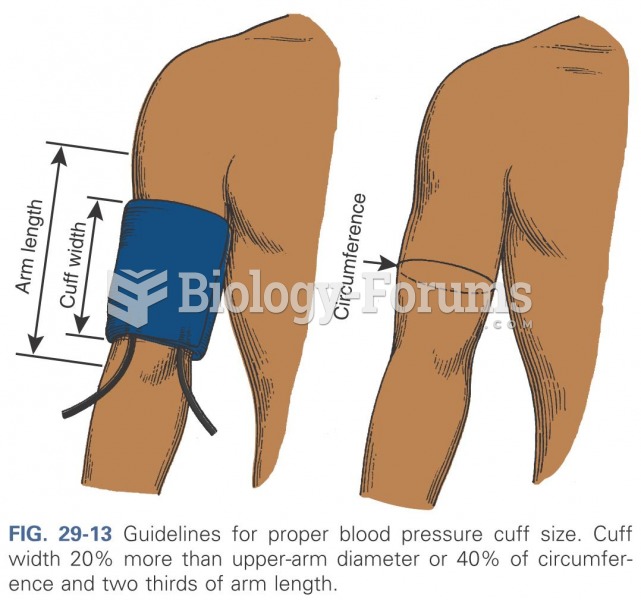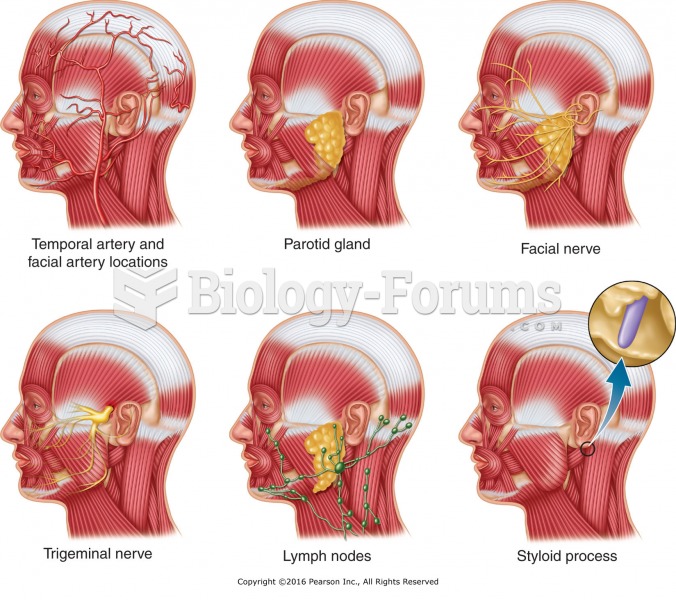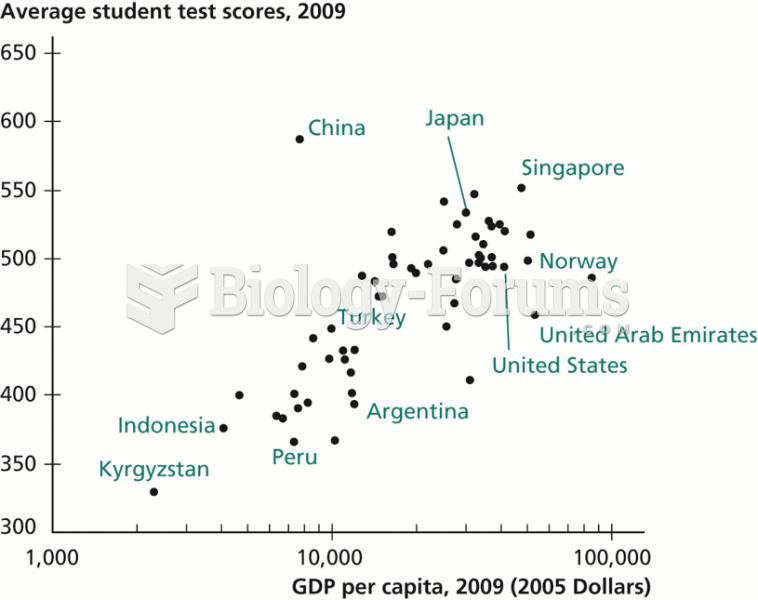Definition for Root Pressure versus Transpirational Pull
From Biology Forums Dictionary
Root Pressure versus Transpirational Pull
At night, when there is almost no transpiration, root cells continue pumping mineral ions into the xylem of the stele. Meanwhile, the endodermis helps prevent the ions from leaking out. The resulting accumulation of minerals lowers the water potential within the stele. Water flows in from the root cortex, generating root pressure, a push of xylem sap. The root pressure sometimes causes more water to enter the leaves than is transpired, resulting in guttation, the exudation of water droplets that can be seen in the morning on the tips or edges of some plant leaves. Guttation fluid should not be confused with dew, which is condensed atmospheric moisture.
In most plants, root pressure is a minor mechanism driving the ascent of xylem sap, at most pushing water only a few meters. The positive pressures produced are simply too weak to overcome the gravitational force of the water column in the xylem, particularly in tall plants. Many plants do not generate any root pressure. Even in plants that display guttation, root pressure cannot keep pace with transpiration after sunrise. For the most part, xylem sap is not pushed from below by root pressure but pulled by the leaves themselves.
Transpirational Pull
Stomata on a leaf's surface lead to a maze of internal air spaces that expose the mesophyll cells to the CO2 they need for photosynthesis. The air in these spaces is saturated with water vapor because it is in contact with the moist walls of the cells. On most days, the air outside the leaf is drier; that is, it has a lower water potential than the air inside the leaf. Therefore, water vapor in the air spaces of a leaf diffuses down its water potential gradient and exits the leaf via the stomata. It is this loss of water vapor from the leaf by diffusion and evaporation that we call transpiration.
But how does loss of water vapor from the leaf translate into a pulling force for upward movement of water through a plant? The negative pressure potential that causes water to move up through the xylem develops at the surface of mesophyll cell walls in the leaf . The cell wall acts like a very fine capillary network. Water adheres to the cellulose microfibrils and other hydrophilic components of the cell wall. As water evaporates from the water film that covers the cell walls of mesophyll cells, the air-water interface retreats farther into the cell wall. Because ofthe high surface tension of water, the curvature of the interface induces a tension, or negative pressure potential, in the water. As more water evaporates from the cell wall, the curvature of the air-water interface increases and the pressure of the water becomes more negative. Water molecules from the more hydrated parts of the leaf are then pulled toward this area to reduce the tension. These pulling forces are transferred to the xylem because each water molecule is cohesively bound to the next by hydrogen bonds. Thus, transpirational pull depends on several of the properties of water adhesion, cohesion, and surface tension.
The role of negative pressure potential in transpiration is consistent with the water potential equation because negative pressure potential (tension) wwers water potential. Because water moves from areas of higher water potential to areas of lower water potential, the more negative pressure potential at the air-water interface causes water in xylem cells to be upulied into mesophyll cells, which lose water to the air spaces, where it diffuses out through stomata. In this way, the negative water potential of leaves provides the "pull” in transpirational pull.



